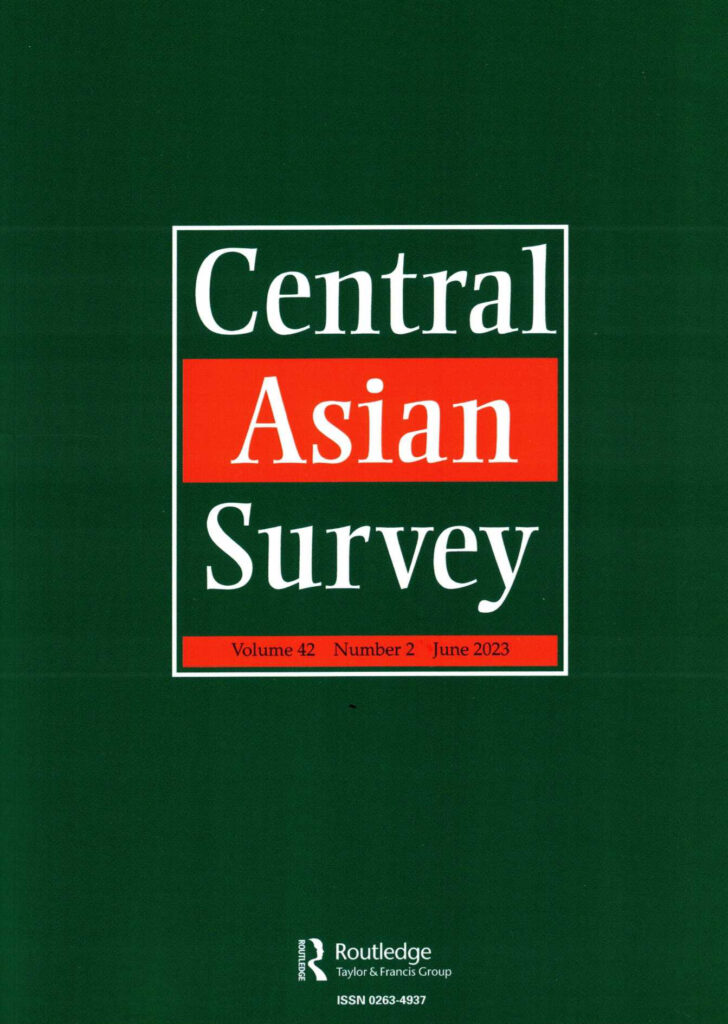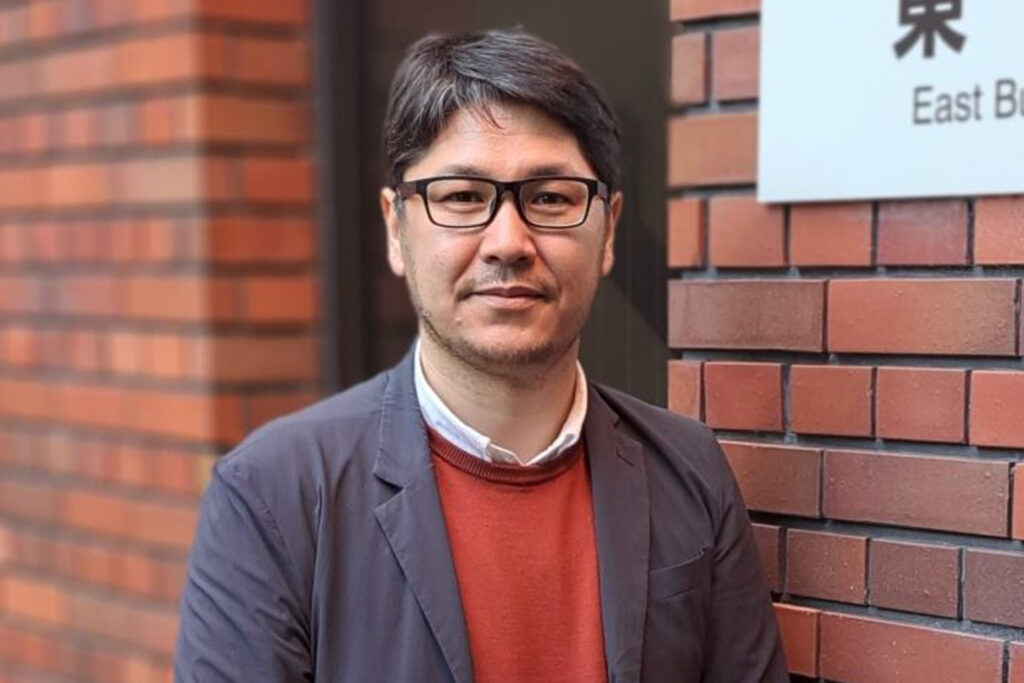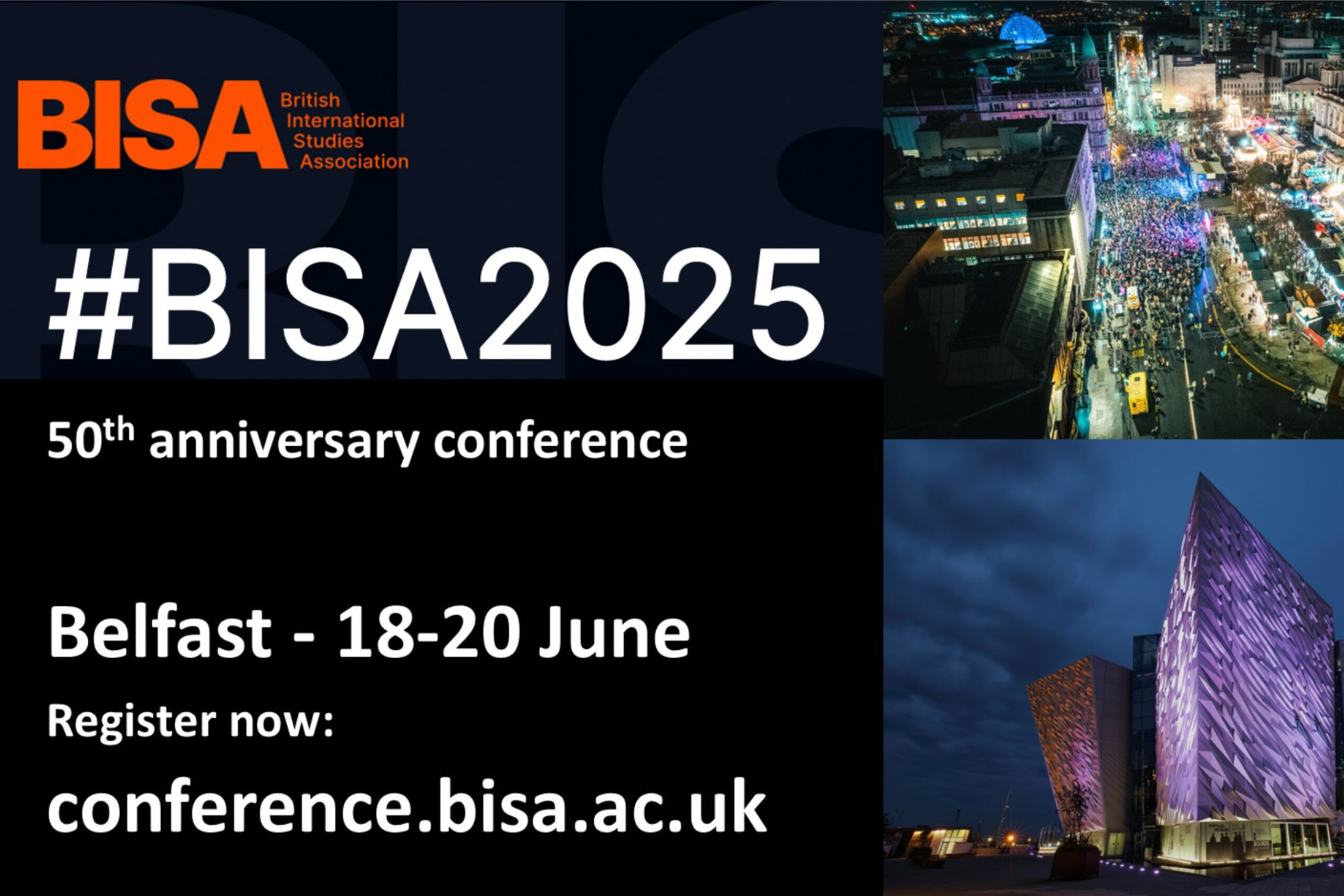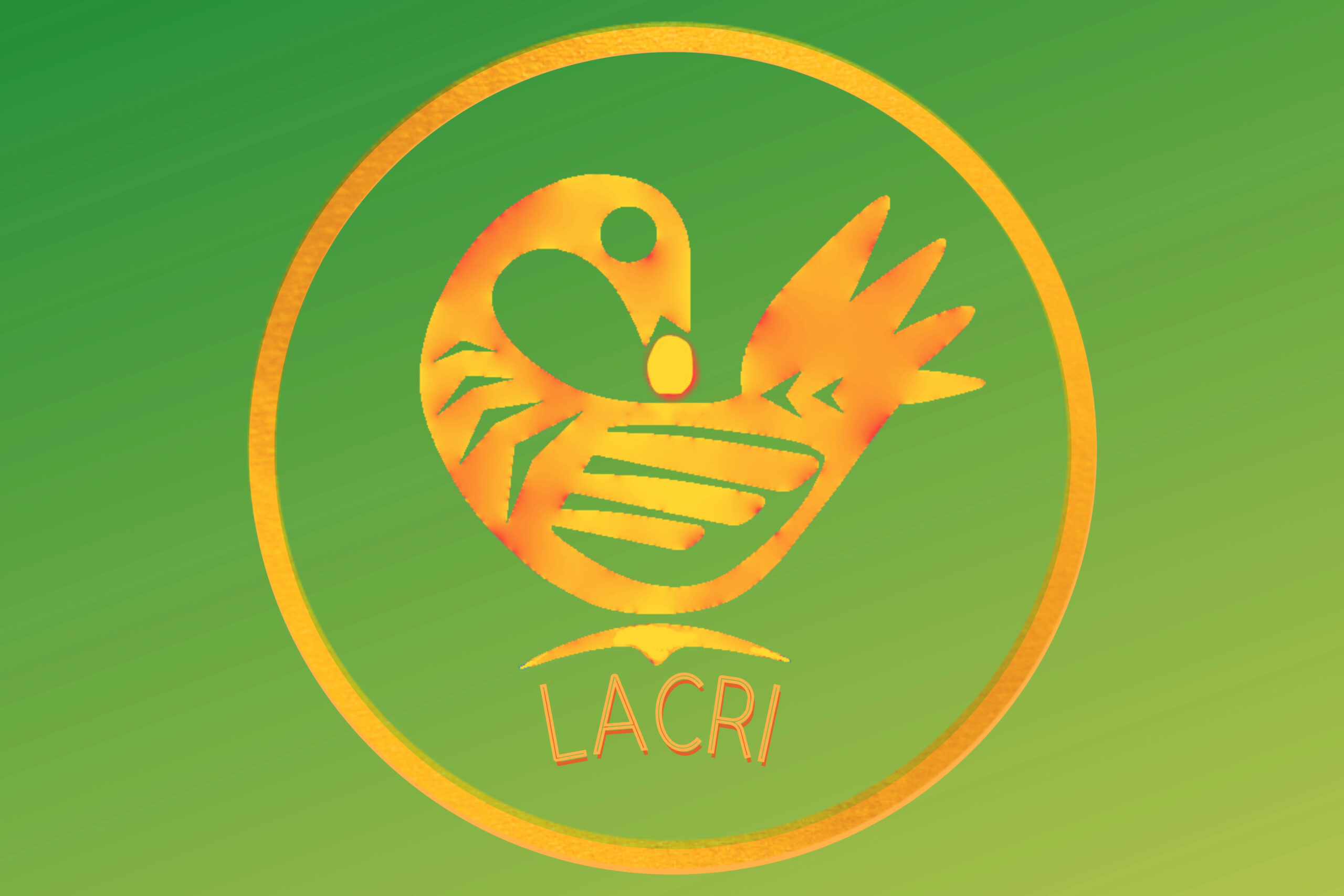Rico Isaacs, Professor of International Politics at the University of Lincoln, regularly read and cited Central Asian Survey (CAS) during his PhD. Sixteen years later, he is now the Editor of the journal. In our second interview with Rico (as part of our ‘Meet the Editors’ series), we ask his advice on how to get published, the journal’s plans for 2024/2025 upcoming special issues, and Central Asian Survey’s important role in bringing Central Asian academic voices to the fore.

1. You have been the Editor of Central Asian Survey (CAS) for five years now, why did you want to get involved?
For me, editorial roles are part of the broader academic service we should provide for the discipline. It is about service and the different ways in which we can contribute to scholarly knowledge. My involvement with CAS emerged from my experience of editing several volumes on the region and wanting to engage with and help younger scholars, especially those in the region, to get published. In this sense it is a rewarding role as you get to see the development of the latest research from the region and how the field is developing.
2. What essential advice would you give to someone who is planning to submit an article to CAS?
So, the most common issue which leads to articles being initially rejected is the extent to which manuscripts speak to the field of Central Asian studies. The research has to add to scholarly debates in relation to either broader Central Asian studies or look at a particular area or county in the region.
Some manuscripts will come in that initially look good, but perhaps they are more oriented to disciplinary debates. You notice this quite quickly, as the reference list has very few references of work on Central Asia. The readership of CAS is interested in Central Asia, so you really need to demonstrate that you are contributing to that debate.

The other key issue I would point to is to ensure that the article demonstrates significance, originality and rigour. It is important authors are able to demonstrate why and how the research matters (it’s significance), how it contributes to scholarly knowledge (it’s originality) and that it presents a strong and coherent methodology for its findings (it’s rigour).
Finally, I would remind authors to ensure they read the submission guidelines prior to submitting to the journal and ensure they present the article in the format and style requested. These may be presentational and technical issues, but by presenting the best possible version of the article authors stand a better chance of their paper being sent out for peer review and impressing both myself and the reviewers.
3. What do you see as the future of the journal (for next year and beyond)?
The journal has an increasing readership through downloads and engagement, which is great. But I really hope that in the future, we see an increase in articles published by scholars from the region.
We have recently appointed two new book review editors, one of whom is based in Kazakhstan, Zhanibek Arynov at Nazarbayev University, in Astana, Kazakhstan and Philipp Lottholz is at the University of Marburg, Germany. Their aim is to feature and review books (in English) that are actually published in the region itself in local languages. This is an important step for the journal in terms of opening itself up to the debates that are going on in the region in either local languages or in Russian.
In 2024, we are also introducing a short form article format (a Research Note), which will be managed by Jasmin Dall’Agnola, our associate editor. Research notes are shorter, peer-reviewed pieces designed to evoke a debate about a particular issue, controversy, or question that are timely and novel such as events in the region, emerging theories, topics, and methods. They have already provided a popular innovation for the journal, with a recent note published on insider-outside dynamics in queer research being downloaded nearly 500 times. This will provide new opportunities for shorter pieces that relate to the immediate events that are going on in the region. I think that’s quite exciting for the journal.
4. What Special Issues are due to be published?
This year, we published a special issue focused on the LGBTQ I+ community in Central Asia. This issue is remarkable for being the first dedicated special issue of a journal to showcase queer scholarship in the region which seeks to highlight the visibility of visibility of queer communities in Central Asia. We also have furture special issues dedicated to ‘Muslims, Jews and other Minorities in Central Asia and the Caucasus in the 19th and 20th centuries’ and ‘Pandemic Nationalism in Mongolia’. These issues should be out either later this year and/or early next year.
5. What is CAS’ Irene Hilgers award? And why is it important?
The Irene Hilgers Memorial Prize is named after a young German scholar of Uzbekistan, who sadly passed away much before her time. She was very talented and also well regarded in the field. Her prize is dedicated to promoting and celebrating the work of young scholars in the field. I think it’s an important element of the journal’s commitment and contribution to the field to always promote the next generation of scholars in Central Asian studies. This year’s award recipient is Dr Mirlan Bektursunov, whose paper analysed the relationship between Kazakhs and Kyrgyz in the Central Asian “national delimitation” of 1924-25. His paper was impressive not least for its novel approach, but also the use of archival materials across multiple regional languages.

6. Currently, there is a strong focus on decolonising the academy. What do you think are the biggest obstacles that stand in the way of decolonising the university curriculum today?
So, I think the biggest challenge to decolonise academia is the extent to which it isn’t just a label; we need to instead think about what it actually involves. You can look at a syllabus and add texts that are outside of the established Western scholarly canon, but what do we do beyond that? I think it’s about having honest discussions about the implications of the past on the present, and the types of inequalities that have become engendered and structured in everyday life. We must go beyond just doing superficial things, and establish practices which can reshape mentality and culture.
For instance, we have always tried to ensure that the journal is a space for young early career researchers based in Central Asia to be able to publish their work. However, it can be difficult for them to get published for structural reasons, as they don’t necessarily have access to all the academic literature or library access to journals/databases that would aid their ability to put their research together.
7. How do you propose bringing local Central Asian voices to the fore?
Central Asian Survey is a space for Central Asians to publish research. The Oxus Society, has created a database of articles published by Central Asian scholars (mostly in major Western journals), of the 291 articles in the database, 101 of them were published with Central Asian Survey. It demonstrates that we are playing an important role, and we’ll continue to do this. But there is still a struggle due to structural inequalities. There are a lot of good locally-based organised initiatives in Central Asia and networks of support for mentoring young and early careers scholars, the USTA mentorship programme is a good example of this. I am involved and happy to guide those starting out on how to submit to the journal and the type of mistakes to avoid. But I think it’s really about engagement with those networks and supporting them.
In the last decade there has been a proliferation of younger scholars who are based in the region, but also who studied abroad, and are now prominent in the discipline and taking a lead on mentoring. It’s now more of an organic process and hopefully more things will come from that.
You can read our first interview with Rico (Part 1), where we talk to him about his academic journey and research.



